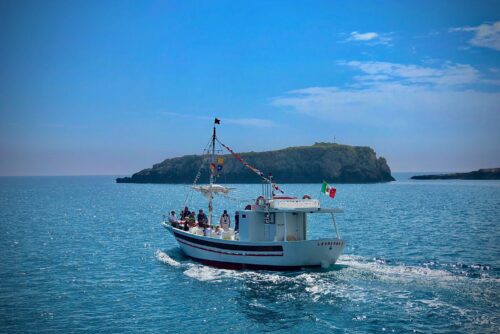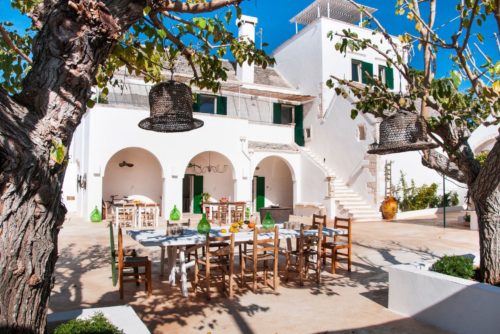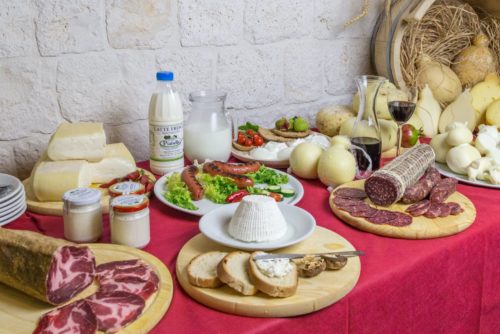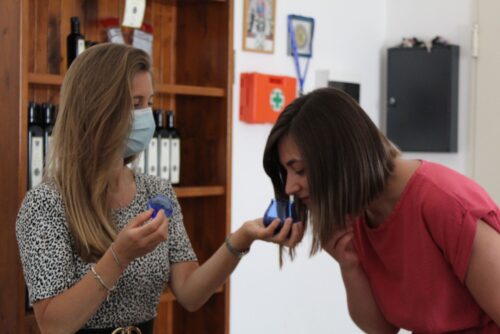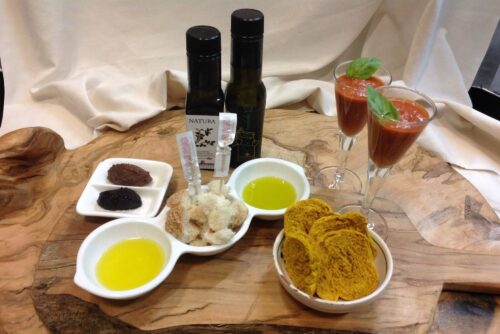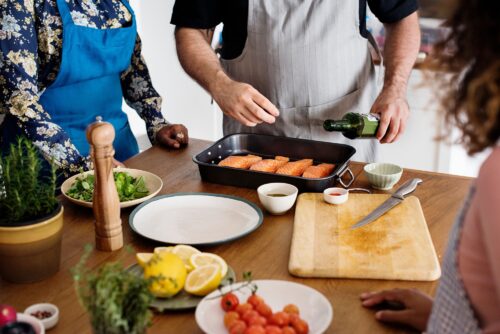Topics
Guided wine tasting is a sensory experience that involves all our senses: sight, smell, taste. It is a fascinating journey into the world of flavours and aromas, an art that allows you to fully appreciate the nuances of a good glass of wine. Here at Terrachevive we know it so well, putting our experience and knowledge within each service we provide offering you the best Apulian wine tastings. Puglia is representing one of the most excellences in wine field among the Italian regions, thanks to a well-rooted and centenary production, made up of tradition and rituals that have made it known throughout the world. Just think of the award-winning Negroamaro and Primitivo, the recent achievements of the best Apulian wines awarded by Gambero Rosso so as its strong Slow-Travel tourism appeal in the region. All features capable of maximizing Apulian food and wine expressions, enhancing the best Apulian wine tasting tours for our customers.
In this guide we will try to explore which are the fundamental footsteps for a virtuous guided wine tasting, opening the doors to a universe of oenological discoveries. Let’s start by saying that there are various types of guided wine tastings: vertical and horizontal. The vertical ones offer the tasting of the same type of wine (usually from the same company) from different vintages. For an adequate vertical, it is necessary to taste at least 5-6 samples. The main objective of vertical tasting is to evaluate the evolutionary potential of the wine taken into consideration.
Horizontal guided tastings instead, compare wines of the same grape variety and the same vintage, but from different producers. In this case it is possible to grasp the differences relating to the territory, but also and above all the style and oenological art undertaken by the winery. If you are passionate about Apulian wine or are simply curious to discover more about Apulian food and wine excellence, follow us step-by-step on this wonderful wine journey.
The art of guided wine tasting
Guided wine tasting is an art that requires time,commitment and above all a lot of practice. There is no magic formula to fully appreciate a glass of wine at the first sip, but there are some fundamental steps that can guide you better in this experience. The guided wine tasting in fact consists of three main phases and other secondary ones: the first includes the visual, olfactory and gustatory evaluation. In the second phase, however, the tactile sensations and the harmony of the elements and impressions found in the previous ones come into play. Each stage allows us to discover new aspects of wine and fully appreciate its nuances. But let’s go in order:
- The Preparation
Before starting the tasting, it is important to prepare the room (and yourself) adequately. Make sure you have clean, transparent glasses available that allow you to better appreciate the colour and aroma of the wine. Also, get a notebook and pen to mark down your impressions. Finally, choose a quiet environment free from strong smells that could influence your perception. - The Visual Evaluation
The first step in the guided tasting is the visual evaluation. Pour the wine into the glass, filling it only halfway, and carefully observe the colour. Tilt the glass slightly towards the edge to evaluate the alcohol content and transparency. These details can provide valuable information on the type and age of the wine. - The Olfactory Test
Move the glass gently in a circle to encourage oxygenation of the wine and thus release the aromas. Bring your nose close to the glass and inhale slowly. Try to identify the smells that will emerge. They can be fruity, floral, herbaceous or spicy. This phase allows you to grasp the first nuances of the aromatic complexity of the wine. - The Gustatory Test
Now it’s time to enjoy the wine. Take a small sip and let the liquid envelop your mouth. Pay attention to the structure of the wine: is it light or full-bodied? Note the acidity, sweetness and possible presence of tannins. Also evaluate the persistence of the taste after swallowing. - Tactile Sensations
In addition to the taste, focus on the tactile sensations that the wine gives. Feel its consistency, fluidity or creaminess. Evaluate whether it is harmonious and balanced or whether some elements stand out excessively compared to the others. - Overall Harmony
Finally, evaluate the overall harmony of the wine. All the elements analysed and noted previously must integrate into a pleasant and satisfying balance. Ask yourself if the wine could arouse emotions and if it reflects your personal preferences.
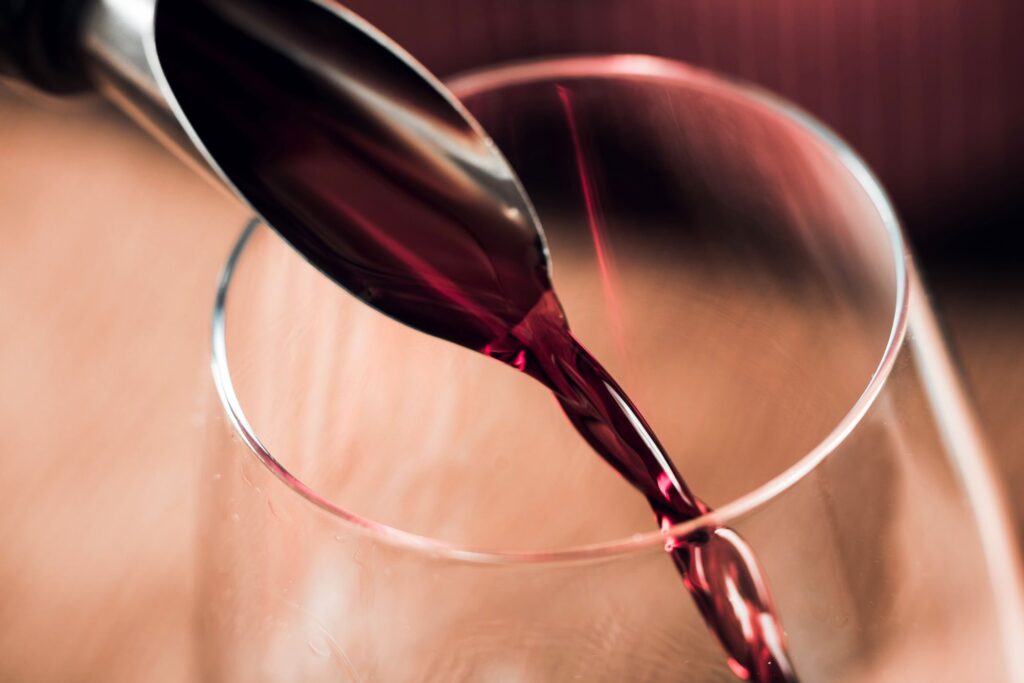
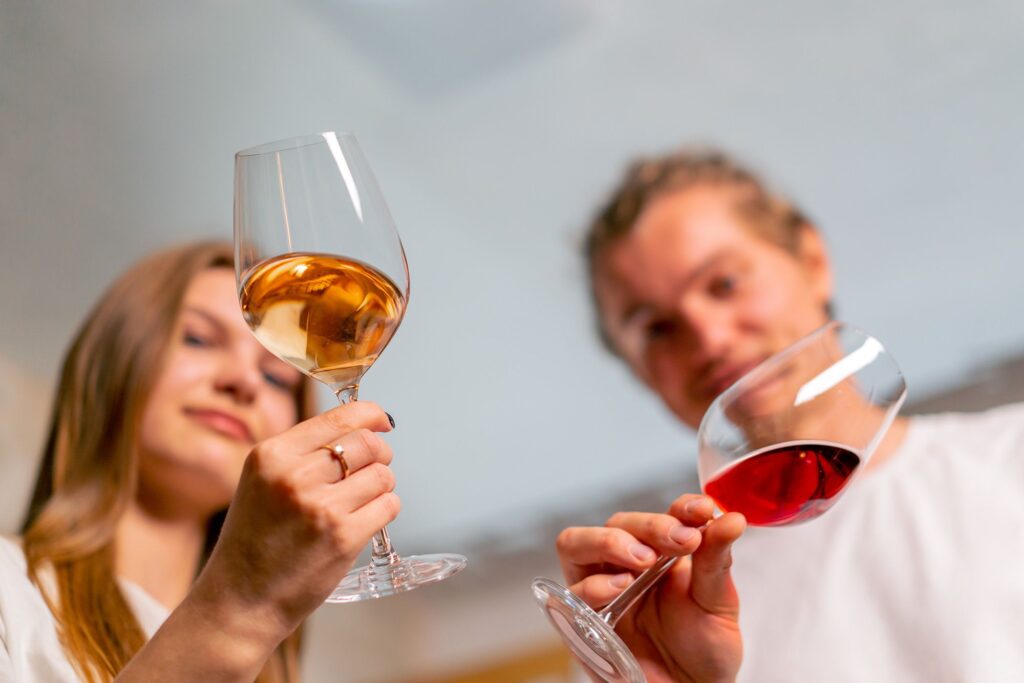
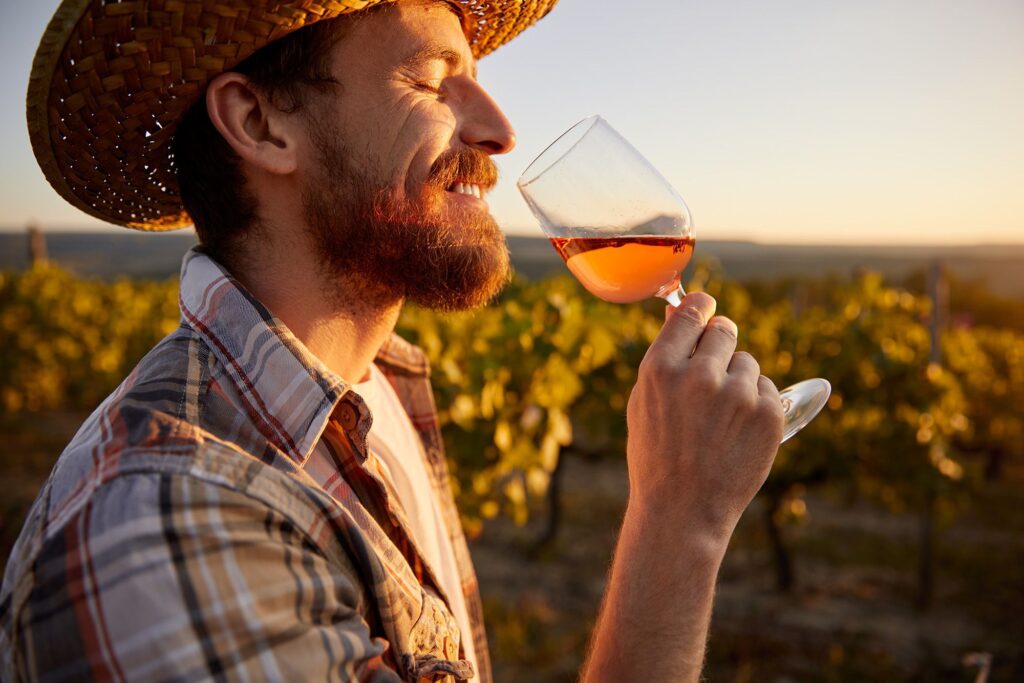
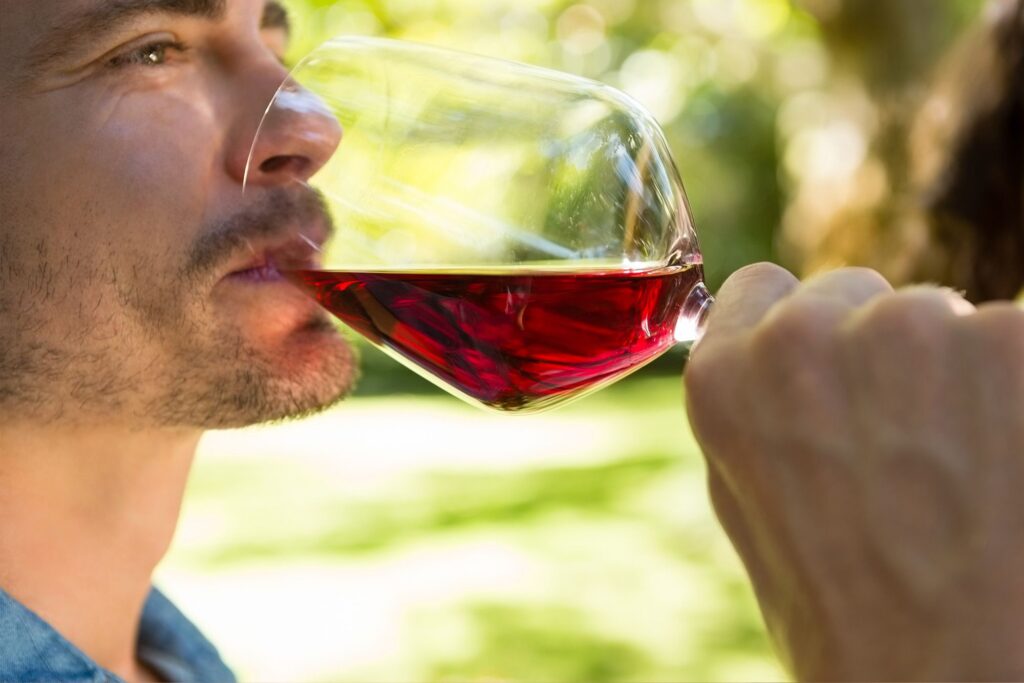
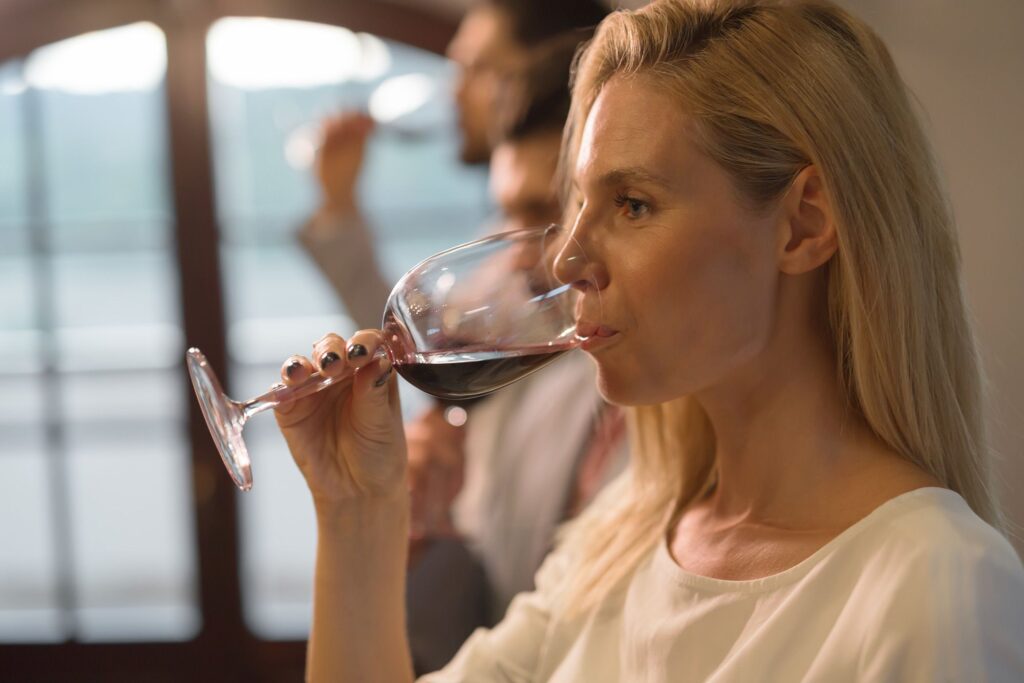

Final considerations to keep in mind about a guided tasting wine
A guided wine tasting is an extraordinary opportunity to explore new flavours and deepen your knowledge of grape varieties and territories. Remember to taste in moderation and appreciate every single sip. Each wine has a story to tell, and through the guided tasting you can encounter the passion and art of those who produced it.
In conclusion, guided wine tasting is an experience that requires practice and sensitivity. Each glass offers a unique journey into the world of sensory perceptions and learning to grasp all the nuances is a precious gift that enriches our relationship with this ancient drink. If this article has stimulated your curiosity, can submit a request using the form in the contact page specifying what type of guided wine tasting you would like to do. Alternatively you could choose one of the magical locations closest to you that Terrachevive may reserve for you in effort to understand where to drink the best Apulian wines.
Easy, right? The best wine tasting tours in Puglia await you.
Contact us now!
